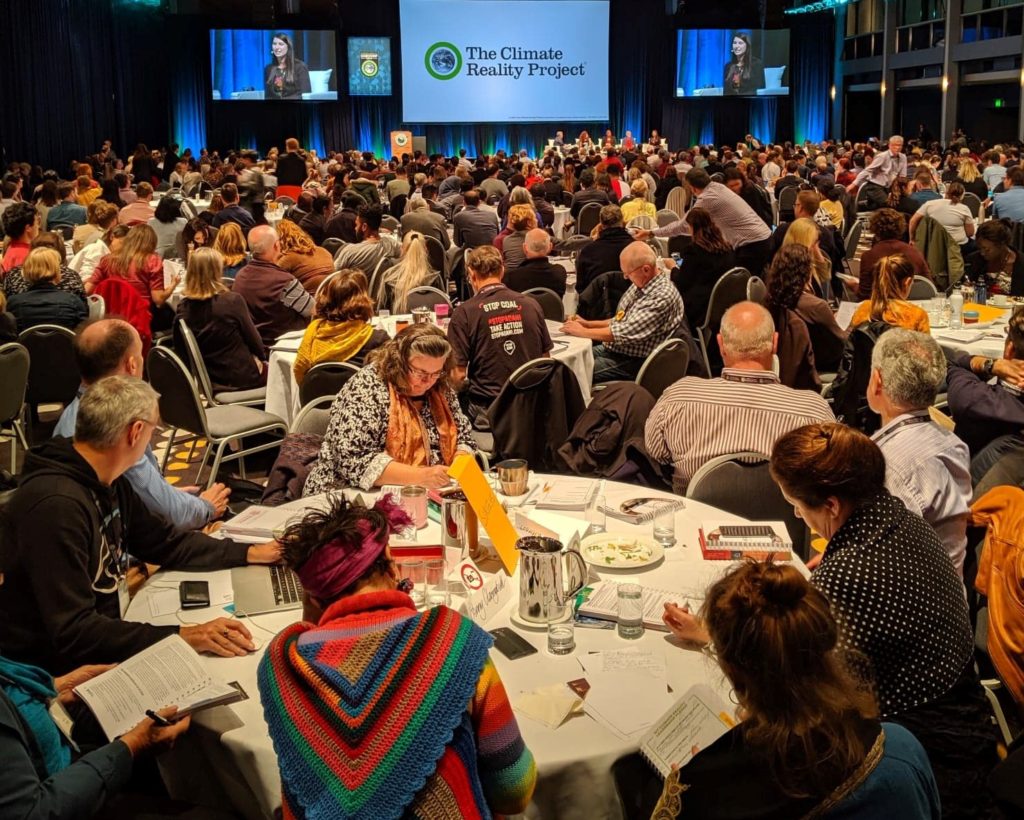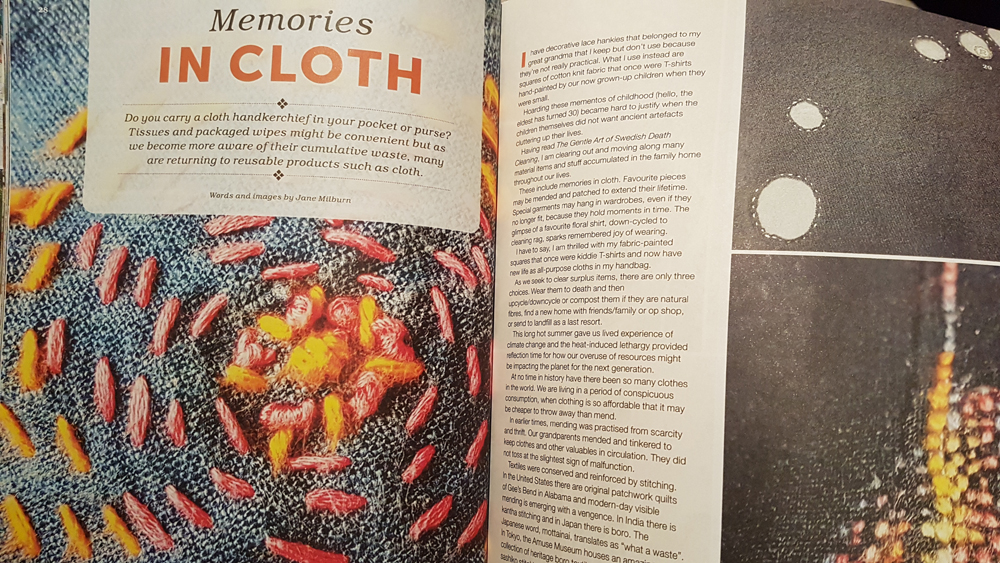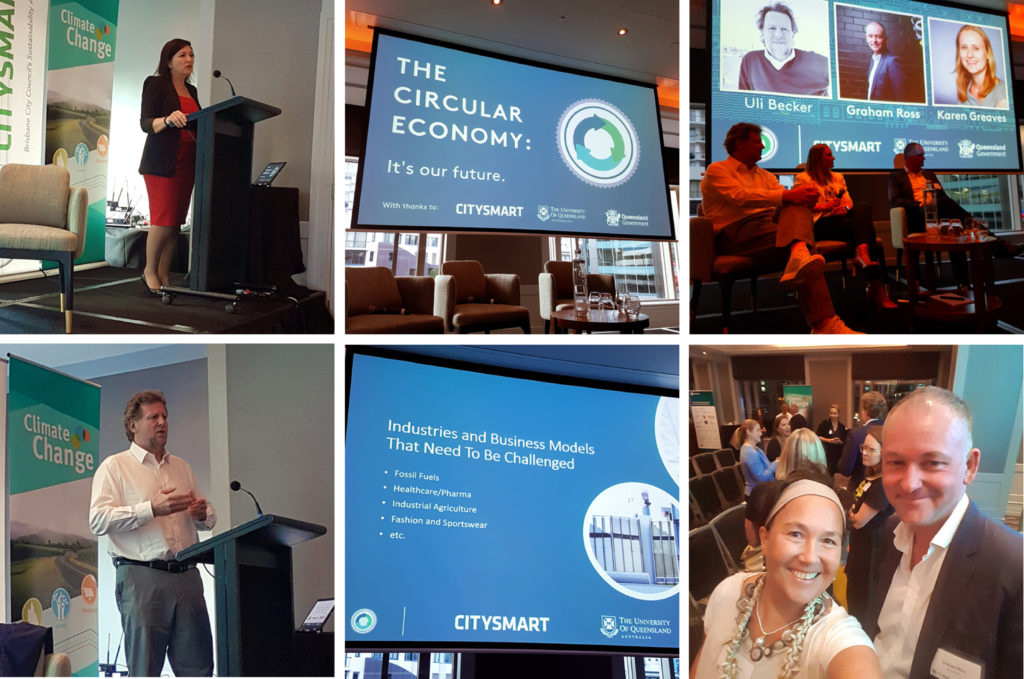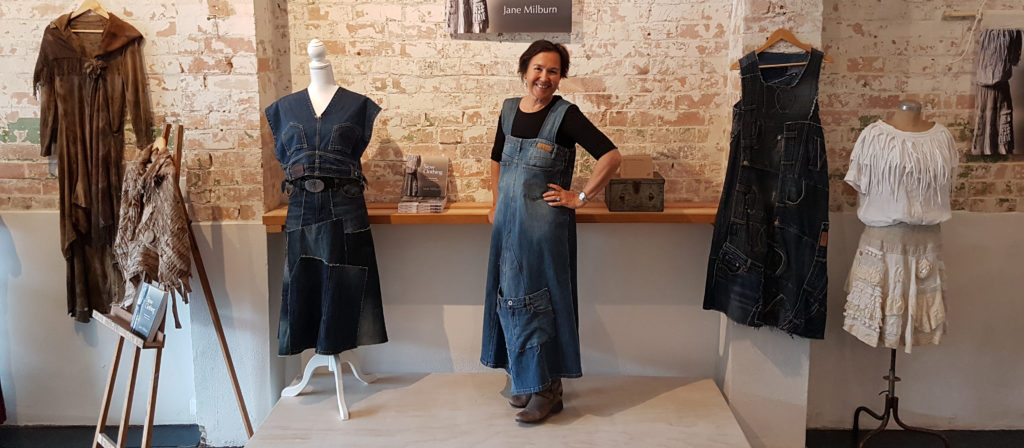There is simply no precedent for the volume of clothes in society today and we need to experiment with other ways of keeping material in circulation locally. When you’ve exhausted options for swapping/reselling clothes or donating them to charities, recycling in your backyard is a valid option. When something is biodegradable, it is capable of decomposing into raw materials and cycling back through the ecosystem without pollution. All natural-fibre clothing is in this category and therefore biodegradable, although the time taken will vary.
Composting your natural-fibre clothing works in exactly the same way as putting vegetable scraps and spoilt food into the compost. They decompose and becomes food for new plants. The composting process cycles four of life’s building blocks – carbon, oxygen, hydrogen and nitrogen – back into the soil so that it can support new growth. The clothing fibres need to be moistened to encourage and speed the decomposition process. The fibre becomes food for microbes, bacteria, fungi, moulds, worms, beetles, snails, mites, cockroaches and other critters, which are all part of the process.
I confirmed this in my backyard science experiment when I buried synthetic and natural fibre swatches in my garden during 2018. Almost all the natural fibres decayed while the synthetic remained untouched. Synthetics are derived from petroleum, do not absorb water, and are effectively plastic. In May 2019, we set up a compost experiment at Bulimba Creek Catchment Sustainability Centre at Carindale with which we will revisit at the end of August.
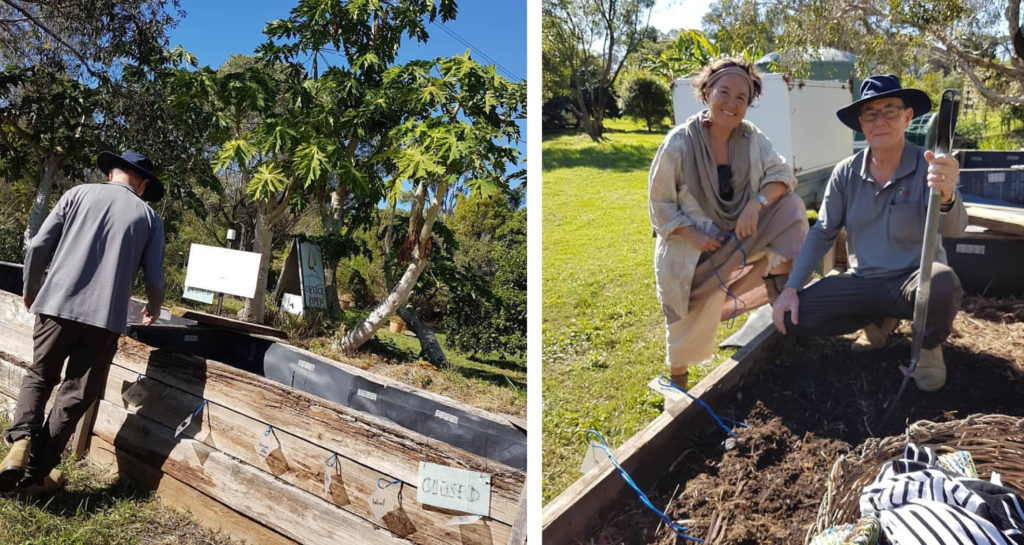
Jane Milburn and nursery manager Leigh Weakley at Bulimba Creek Catchment Sustainability Centre.
Continue Reading →
 Changing our behaviour is the biggest thing we can do to reduce our energy and resource consumption. Great to see reloving options expanding, with UNTAGGED Sustainable Fashion Exchange a new option for keeping wardrobes fresh whilst being kinder to our wallets, each other, and the planet.
Changing our behaviour is the biggest thing we can do to reduce our energy and resource consumption. Great to see reloving options expanding, with UNTAGGED Sustainable Fashion Exchange a new option for keeping wardrobes fresh whilst being kinder to our wallets, each other, and the planet.


